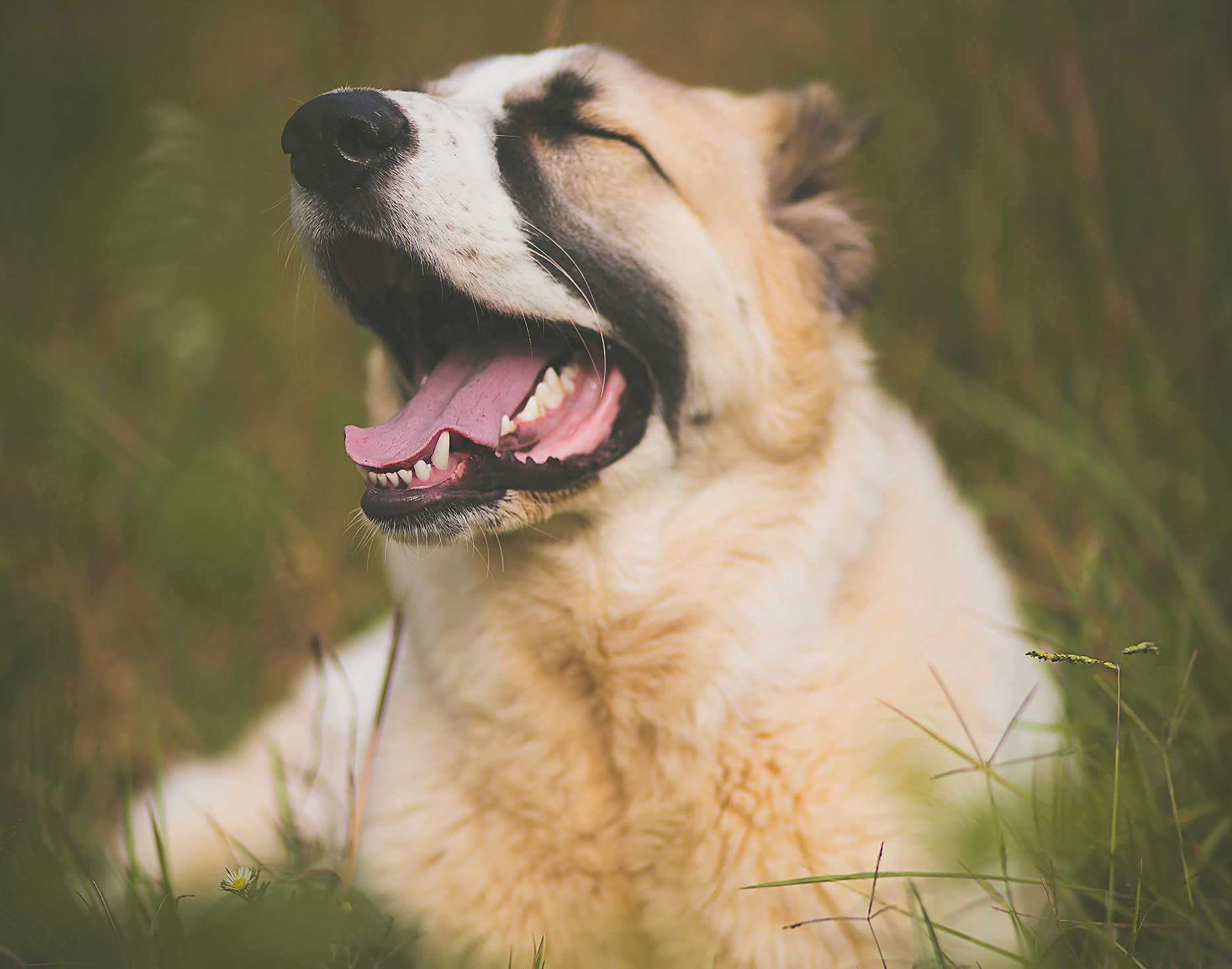Despite being located in the northern eastern United States, Philly neighborhoods like Fishtown, Northern Liberties, Kensington, and Frankford can get very hot in the summer. If you are in the local area and your dog is suffering from the result of the heat, please contact Indy Veterinarian Care as soon as possible.
Dogs can suffer from heat stroke very quickly during the warmer months. They don’t have the capability to sweat to adjust their body temperature. Dogs cool themselves down by panting. A dog’s temperature ranges from 100.0 to 102.5. It is an emergency if your pet’s temperature is above 104 degrees.
Heatstroke is a very serious condition and can even result in death. It can happen within just a few minutes and may differ depending on the specific dog. For example, if a dog is used to being in warmer weather, they will probably tolerate the hot weather better than a dog who lives in a predominantly cold setting. Humidity will also impact the way your dog reacts to the hot weather.
Dogs that are brachycephalic (pugs, bulldogs, boxers, shih tzus, etc.) will most likely have a difficult time in warmer weather because they already have a shorter muzzle and generally have breathing issues. Pets with long or thick fur (siberian huskies, newfoundlands, malamutes, sheepdogs, etc.) will most likely overheat easier due to their coats. Use extra caution with pets who have a history of a heart or lung condition during the hot, humid weather we see in Philadelphia. Also, dogs that love to play fetch and are very active may continue to play no matter how hot it is outside.
Symptoms of heat stroke include the following:
- Excessive panting
- Bright red gums
- Vomiting
- Diarrhea
- Disoriented or weakness
- Increased heart rate
- Searching for a cool spot in the shade, digging in the dirt to find a cool spot ● Decreased interest in their favorite activities
- Body temperature higher than 104° F
- Collapse
- Seizure
- Coma
Common causes of heat stroke:
A car can reach very high temperatures within a few minutes on a warm day. Parking your car in the shade or cracking the windows for your pet may not cool the car down significantly on a hot day. It is best to never leave your pet in a car unattended.
Be mindful while on vacation. Many people take their pets camping, hiking, or even on the beach. Use the same rules – make sure there is adequate fresh water, lots of shade, minimal sun exposure and air conditioning. You can also cool your dog off with a hose or wrap a cold damp towel or bandana around their neck.
Some owners choose to leave their pets outside of their home during the day. We advise you to bring your pet inside on warm days if your yard doesn’t have any shade, has a tall fence that blocks a cool breeze, or has a cement patio that could get very hot during the day. If your pet is crate trained indoors, be sure their crate isn’t in direct sunlight. Make sure that the area is shaded and is in a cool spot.
Even if you catch heatstroke in your pet early, here at Indy Vet Care in Northern Liberties, we recommend you contact your veterinarian right away. Heatstroke can potentially cause abnormal heart rhythms, respiratory arrest, kidney failure, brain damage or seizures. These symptoms may show up hours after your pet has experienced heat stroke.
Be sure to offer fresh and cold water often. Do not let your pet outside for long periods of time when it is hot outside. Short leash walks are best during warmer days. It is best to walk your pet early in the morning and later at night so that the weather is a little cooler. Be careful with hot sidewalks as well. Sidewalks can become very hot during warm days and potentially burn or irritate your pet’s paw pads. Hot sidewalks and roads can reflect heat and be a super uncomfortable walking surface for your pet. This can also increase the risk of your pet overheating. Bring a portable water bottle and bowl with you to keep your pet hydrated while outside. If possible, walk in shaded areas or places with grass.
What to do if you notice your pet shows signs of heat stroke:
- Remove your pet from the hot environment right away
- Use a hose or some cold wet towels to cool your dog
- Take your pet to the vet immediately for treatment even if your pet has cooled down

